Indoor pickleball is experiencing a significant surge in popularity, transforming from a niche sport to a mainstream activity. This growth is driven by various factors, including the sport’s accessibility, the rise of flexible work patterns, and the increasing interest in health and wellness.
Table of Contents:
Market Overview: The Rise of Indoor Pickleball
Innovative Materials and Design Trends in Indoor Pickleball Equipment
Customization: Tailoring Pickleball Gear to Player Preferences
Technological Advancements Elevating Indoor Pickleball
Seasonality and Cultural Influence on Indoor Pickleball
Market Overview: The Rise of Indoor Pickleball
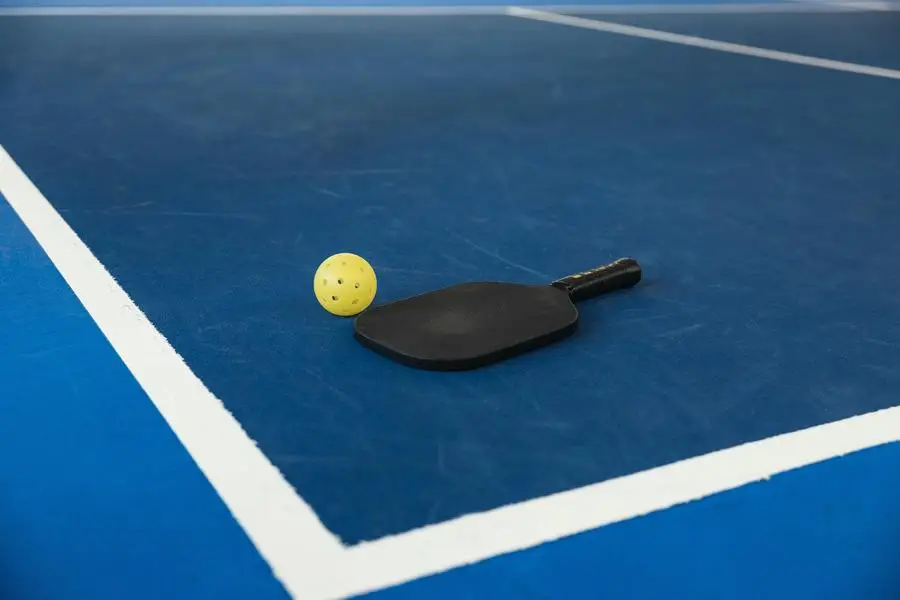
Indoor pickleball has seen a remarkable rise in popularity over the past few years. According to the Sports & Fitness Industry Association (SFIA), pickleball participation grew by 21.3% in 2020 alone, making it one of the fastest-growing sports in the United States. This growth is not limited to the U.S.; the sport is gaining traction globally, with significant increases in participation in countries like Canada, the UK, and Australia.
One of the key drivers of this growth is the sport’s accessibility. Pickleball can be played by people of all ages and skill levels, making it an attractive option for families, seniors, and competitive athletes alike. The sport’s low barrier to entry, combined with its social and health benefits, has contributed to its widespread appeal.
The rise of flexible work patterns has also played a significant role in the growth of indoor pickleball. With more people working from home, there is an increased demand for recreational activities that can be enjoyed indoors. This trend is particularly evident in urban areas, where space for outdoor sports may be limited. Indoor pickleball courts are popping up in community centers, gyms, and even repurposed retail spaces, providing convenient locations for people to play.
Retailers and brands are taking notice of this trend and are investing in the sport. For example, Japanese sports retailer Alpen has unveiled its second flagship store in Fukuoka City, which includes a dedicated pickleball section. Similarly, US sporting goods retailer Scheels plans to open a 240,000 sq ft sports entertainment supercenter by autumn 2026, which will feature pickleball courts among other attractions.
The global pickleball apparel market is also set to grow significantly. According to a report by Research and Markets, the market is expected to increase by $680 million by 2026. This growth is driven by the increasing popularity of the sport and the rising demand for specialized apparel and equipment.
In addition to the commercial opportunities, the sport’s growth is also being fueled by community engagement and grassroots initiatives. For instance, the Santa Barbara Pickleball Shop, which opened last year, caters to players of all levels and has become a hub for the local pickleball community. The shop not only sells equipment but also hosts events and provides a space for players to connect and improve their skills.
Innovative Materials and Design Trends in Indoor Pickleball Equipment
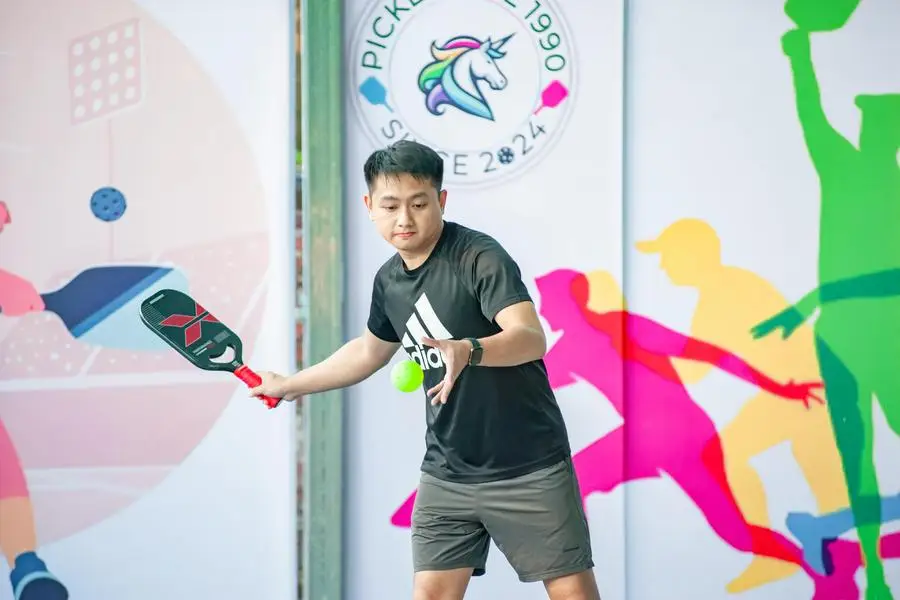
High-Performance Textures for Enhanced Play
The evolution of indoor pickleball equipment has seen significant advancements in the textures used on paddles and balls. High-performance textures are now being integrated to enhance grip and control, providing players with a more refined and responsive playing experience. These textures are designed to interact with the ball in a way that maximizes spin and precision, allowing for more strategic and dynamic gameplay. According to industry reports, the use of advanced materials such as carbon fiber and composite polymers has become increasingly popular, offering a balance of lightweight feel and robust performance.
Cutting-Edge Materials for Durability and Comfort
Durability and comfort are paramount in the design of indoor pickleball equipment. Manufacturers are leveraging cutting-edge materials to create gear that withstands the rigors of intense play while ensuring player comfort. For instance, the integration of high-density polyethylene (HDPE) and thermoplastic elastomers (TPE) in paddle construction has resulted in products that are both resilient and comfortable to use. These materials provide excellent shock absorption, reducing the impact on players’ wrists and elbows, which is crucial for preventing injuries and enhancing overall performance.
Ergonomic Designs for Optimal Performance
Ergonomic design is another critical trend in indoor pickleball equipment. Paddles and grips are being meticulously crafted to fit the natural contours of the hand, promoting better handling and reducing fatigue during extended play. Innovations such as contoured handles and cushioned grips are becoming standard, ensuring that players can maintain a firm and comfortable hold on their paddles. This focus on ergonomics not only improves performance but also enhances the overall playing experience, making the sport more accessible and enjoyable for players of all skill levels.
Customization: Tailoring Pickleball Gear to Player Preferences

Personalized Paddles: A Game Changer
Customization is revolutionizing the pickleball industry, with personalized paddles leading the charge. Players can now tailor their paddles to suit their specific playing styles and preferences, choosing from a variety of materials, weights, and grip sizes. This level of customization allows players to optimize their equipment for maximum performance, giving them a competitive edge on the court. According to market data, the demand for personalized sports equipment is on the rise, reflecting a broader trend towards individualized consumer experiences in the sports industry.
Custom Apparel for Style and Functionality
In addition to personalized paddles, custom apparel is gaining traction among pickleball enthusiasts. Players are seeking gear that not only performs well but also reflects their personal style. Custom apparel options include moisture-wicking fabrics, breathable materials, and tailored fits that enhance comfort and mobility. The integration of advanced textile technologies, such as antimicrobial treatments and UV protection, further enhances the functionality of pickleball apparel. This trend towards customization is indicative of a larger movement within the sportswear industry, where consumers are increasingly prioritizing both style and performance.
Technological Advancements Elevating Indoor Pickleball
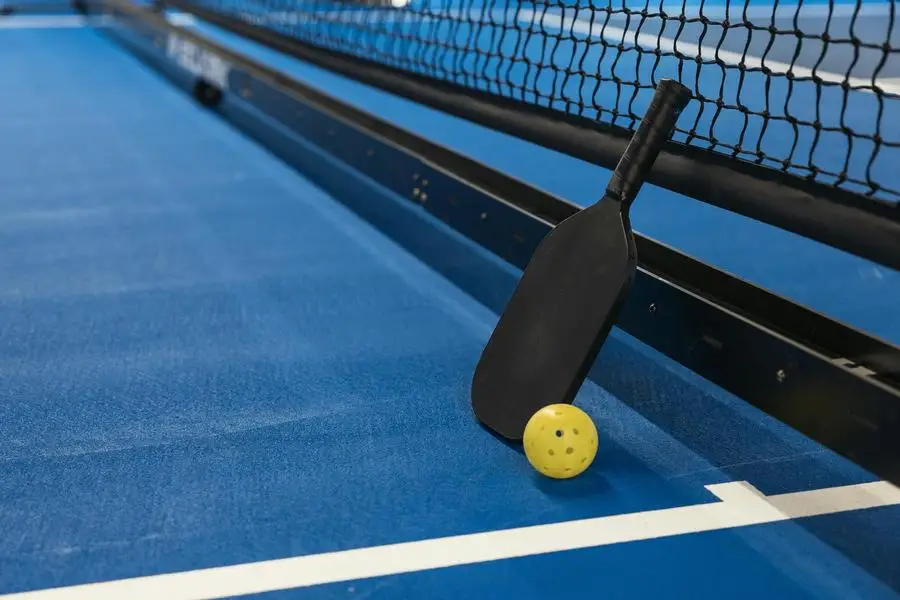
Smart Paddles: Integrating Technology for Better Play
The advent of smart technology is transforming indoor pickleball, with smart paddles at the forefront of this innovation. These paddles are equipped with sensors that track various metrics, such as swing speed, ball impact, and spin rate. This data is then analyzed to provide players with insights into their performance, helping them to identify areas for improvement and refine their techniques. The integration of smart technology into pickleball equipment is part of a broader trend towards data-driven sports training, which is enhancing the way athletes train and compete.
Advanced Court Surfaces for Improved Safety and Playability
The surfaces on which indoor pickleball is played are also seeing significant advancements. Modern court surfaces are designed to provide optimal traction and shock absorption, reducing the risk of injuries and enhancing playability. Materials such as cushioned vinyl and modular polypropylene tiles are being used to create courts that are both durable and comfortable. These surfaces are engineered to minimize joint stress and provide consistent ball bounce, ensuring a high-quality playing experience. The focus on advanced court surfaces reflects a growing emphasis on player safety and performance in the design of sports facilities.
Seasonality and Cultural Influence on Indoor Pickleball
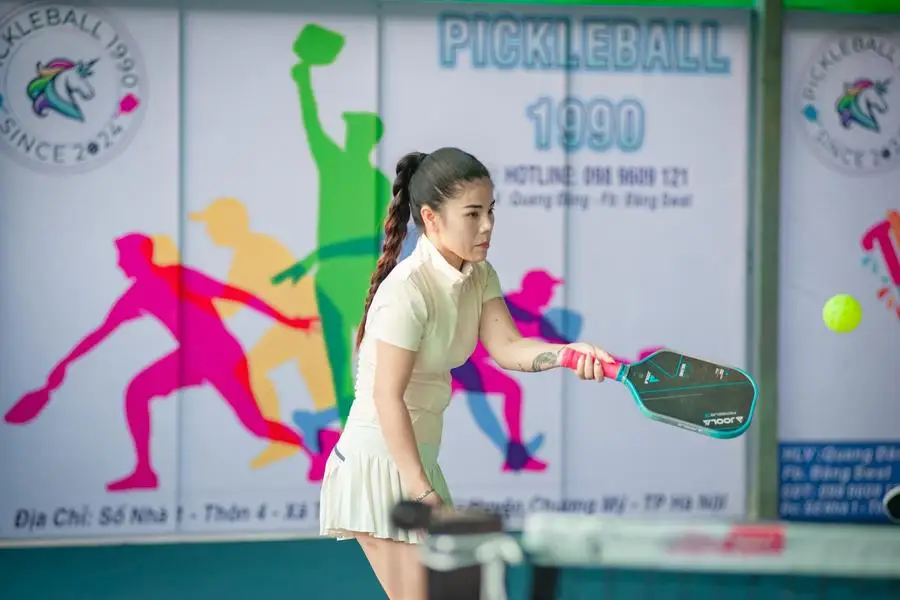
Seasonal Trends: How Indoor Pickleball Adapts
Indoor pickleball is uniquely positioned to adapt to seasonal changes, offering a year-round option for enthusiasts. During colder months, indoor facilities provide a controlled environment where players can continue to enjoy the sport without being affected by weather conditions. This adaptability has contributed to the growing popularity of indoor pickleball, as it allows for consistent play and training regardless of the season. The demand for indoor sports facilities tends to increase during the winter months, highlighting the importance of indoor pickleball as a seasonal alternative.
Cultural Impact: The Global Spread of Pickleball
Pickleball’s cultural impact is evident in its rapid global spread. Originally popular in North America, the sport has gained traction in various countries around the world, driven by its accessibility and appeal to a wide range of age groups. The global spread of pickleball is supported by international tournaments, community events, and the establishment of pickleball associations in numerous countries. This cultural diffusion is fostering a diverse and inclusive pickleball community, contributing to the sport’s continued growth and evolution.
Conclusion
The indoor pickleball industry is experiencing a dynamic transformation, driven by innovative materials, ergonomic designs, and technological advancements. Customization and smart technology are enhancing player experiences, while advanced court surfaces and seasonal adaptability ensure year-round play. As pickleball continues to spread globally, its cultural impact and inclusive nature are fostering a vibrant and diverse community. Looking ahead, the future of indoor pickleball promises further innovations and growth, solidifying its place as a beloved and evolving sport.
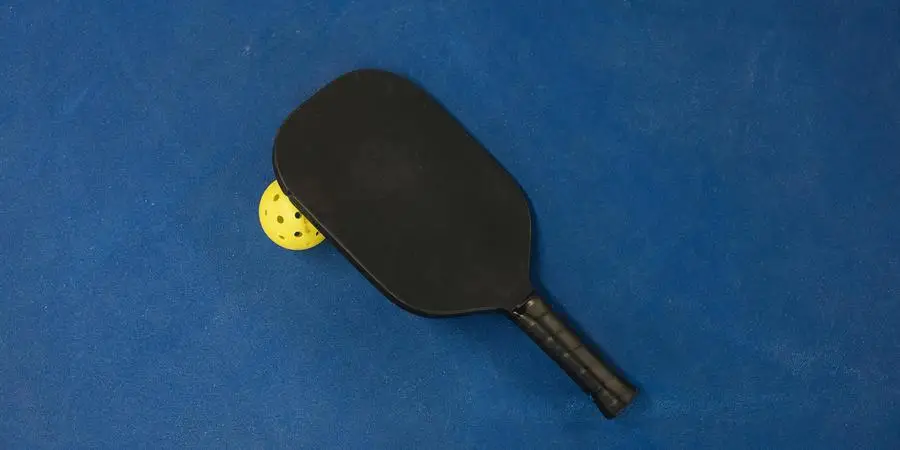




 বাংলা
বাংলা Nederlands
Nederlands English
English Français
Français Deutsch
Deutsch हिन्दी
हिन्दी Bahasa Indonesia
Bahasa Indonesia Italiano
Italiano 日本語
日本語 한국어
한국어 Bahasa Melayu
Bahasa Melayu മലയാളം
മലയാളം پښتو
پښتو فارسی
فارسی Polski
Polski Português
Português Русский
Русский Español
Español Kiswahili
Kiswahili ไทย
ไทย Türkçe
Türkçe اردو
اردو Tiếng Việt
Tiếng Việt isiXhosa
isiXhosa Zulu
Zulu